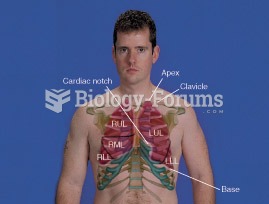Answer to Question 1
D
Explanation: D) A middle of the road manager is one of five styles in the leadership grid. These managers have a moderate concern for people and a moderate concern for results and task, thus placing them squarely in the middle of the leadership grid.
Answer to Question 2
The industrial revolution established the process of people performing tasks within a hierarchical arrangement called an organization. That era is closing as organizations change the way work is done and their structures for doing it. Automation is the process of replacing of people with machines. Of course, this process has gone on for decades. Today, however, the manipulation of digital data is replacing the use of large machines, in a process called informating of the workplace; the term informate pertains to the process of workers' manipulating products by placing data between themselves and the product.
This informating process is happening so rapidly that the very nature of work is changing. Therefore, many jobs are disappearing, leaving organizations smaller than before. In response, organizations have been rapidly reducing the number of employees needed to operate effectivelya process known as downsizing. Typically, this involves more than just laying off people in a move to save money. When directed at adjusting the number of employees needed to work in newly designed organizations, this process is called rightsizing. Organizations are also restructuring by eliminating jobs that focus on noncore sectors of the business and hiring firms to perform those functions insteada practice known as outsourcing. By outsourcing secondary activities, an organization can focus on its core competencyits key capability, that which it does best.







